 On Monday May 1st, the Bank Holiday Monday, we were invited to give three separate training sessions for the Nepal Nursing Council and (hosted by) the Nursing Association of Nepal. The three separate topics were (a) maternal mental health and its relevance to nursing in Nepal; (b) conducting focus group research in nursing; and (c) publishing for nurses in international journals. The international team presenting these three sessions comprised Dr. Andrew Lee from the University of Sheffield (photo top), Dr. Bibha Simkhada (photo bottom) from Liverpool John Moores University (LJMU) who is also Visiting Faculty in BU’s Faculty of Health & Social Sciences. Further members of the teaching team comprised LJMU Prof. Padam Simkhada and also BU Visiting Professor and Prof. Edwin van Teijlingen in the Centre for Midwifery, Maternal & Perinatal Health (CMMPH).
On Monday May 1st, the Bank Holiday Monday, we were invited to give three separate training sessions for the Nepal Nursing Council and (hosted by) the Nursing Association of Nepal. The three separate topics were (a) maternal mental health and its relevance to nursing in Nepal; (b) conducting focus group research in nursing; and (c) publishing for nurses in international journals. The international team presenting these three sessions comprised Dr. Andrew Lee from the University of Sheffield (photo top), Dr. Bibha Simkhada (photo bottom) from Liverpool John Moores University (LJMU) who is also Visiting Faculty in BU’s Faculty of Health & Social Sciences. Further members of the teaching team comprised LJMU Prof. Padam Simkhada and also BU Visiting Professor and Prof. Edwin van Teijlingen in the Centre for Midwifery, Maternal & Perinatal Health (CMMPH). 
The presentations were well received and the practical part of the focus group training generated a lively discussion. In their teaching the presenters used a range of papers they had published in the three areas: maternal mental health based on a recently funded THET project, [1-3] writing for publication, [4-11] and focus group research. [12-14] The session was concluded with the inevitable certificate of attendance.
CMMPH
References:
- Simkhada, P., van Teijlingen E., Winter, RC., Fanning, C., Dhungel, A., Marahatta SB. (2015) Why are so many Nepali women killing themselves? Review of key issues Journal of Manmohan Memorial Institute of Health Sciences 1(4): 43-49. http://www.nepjol.info/index.php/JMMIHS/article/view/12001
- Simkhada, B., Sharma, G., Pradhan, S., van Teijlingen, E., Ireland, J., Simkhada, P., Devkota, B. & the THET team. (2016) Needs assessment of mental health training for Auxiliary Nurse Midwives: a cross-sectional survey, Journal of Manmohan Memorial Institute of Health Sciences 2(1): 20-26. http://www.nepjol.info/index.php/JMMIHS/article/view/15793/12738
- Simkhada, P.P., van Teijlingen, E., Marahatta, S.B. (2015) Mental health services in Nepal: Is it too late? (editorial) Journal of Manmohan Memorial Institute of Health Sciences 1(4): 1-2.
- van Teijlingen, E., Hundley, V. (2002) Getting your paper to the right journal: a case study of an academic paper, Journal of Advanced Nursing 37(6): 506-511.
- Pitchforth, E, Porter, M, van Teijlingen, ER, Forrest Keenan K. (2005) Writing up and presenting qualitative research in family planning & reproductive health care, Journal of Family Planning & Reproductive Health Care 31(2): 132-35. http://jfprhc.bmj.com/content/31/2/132.full.pdf+html
- van Teijlingen E., Simkhada. P.P., Simkhada, B., Ireland, J. (2012) The long & winding road to publication, Nepal Journal Epidemiology 2(4): 213-215 http://nepjol.info/index.php/NJE/article/view/7093/6388
- Simkhada, P., van Teijlingen, E., Hundley, V. (2013) Writing an academic paper for publication, Health Renaissance 11(1): 1-5. www.healthrenaissance.org.np/uploads/Pp_1_5_Guest_Editorial.pdf
- Hundley, V., van Teijlingen, E., Simkhada, P. (2013) Academic authorship: who, why and in what order? Health Renaissance 11(2): 98-101 www.healthrenaissance.org.np/uploads/Download/vol-11-2/Page_99_101_Editorial.pdf
- van Teijlingen, E., Ireland, J., Hundley, V., Simkhada, P., Sathian, B. (2014) Finding the right title for your article: Advice for academic authors, Nepal Journal of Epidemiology 4(1): 344-347. http://www.nepjol.info/index.php/NJE/article/view/10138/8265
- van Teijlingen, E., Hundley, V., Bick, D. (2014) Who should be an author on your academic paper? Midwifery 30: 385-386.
- Hall, J., Hundley, V., van Teijlingen, E. (2015) The journal editor: friend or foe? Women & Birth 28(2): e26-e29.
- Collard, S., van Teijlingen, E. (2016) Online focus group: New approaches to an ‘old’ research method, Health Prospect 15(3):4-7. http://www.nepjol.info/index.php/HPROSPECT/article/view/16327/13256
- van Teijlingen, E., Simkhada, P., Stephen, J. (2013) Doing focus groups in the health field: Some lessons from Nepal, Health Prospect 12(1): 15-17. http://www.nepjol.info/index.php/HPROSPECT/article/view/8722/7111
- van Teijlingen E., Pitchforth, E. (2006) Focus Group Research in Family Planning & Reproductive Health Care, Journal of Family Planning & Reproductive Health Care 32(1): 30-32.
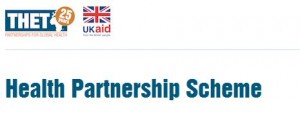
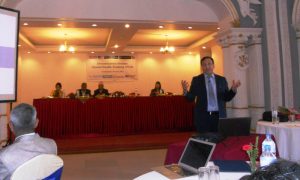
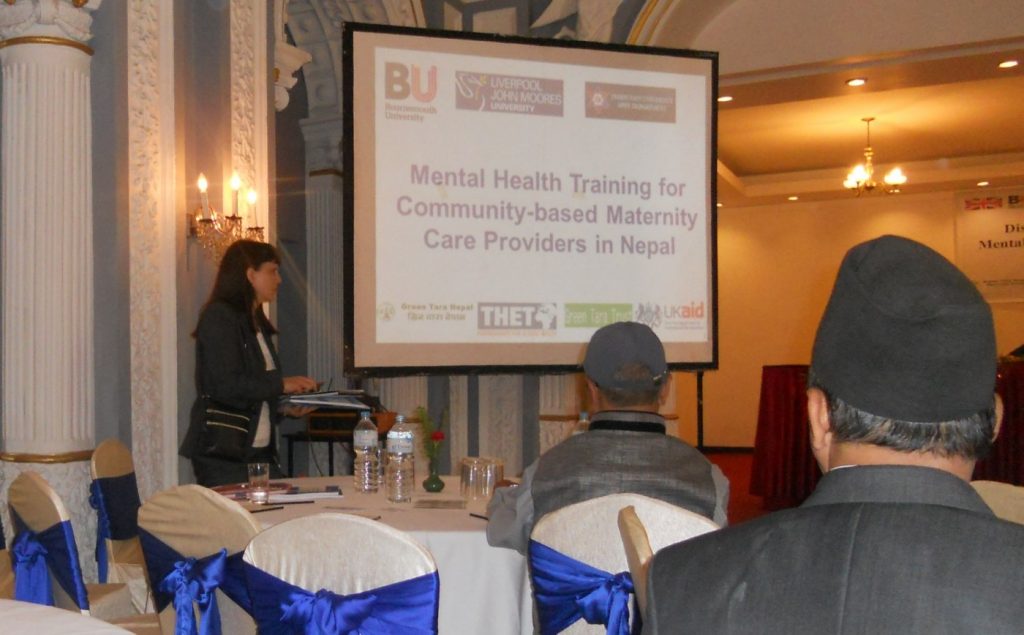

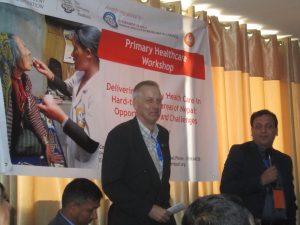

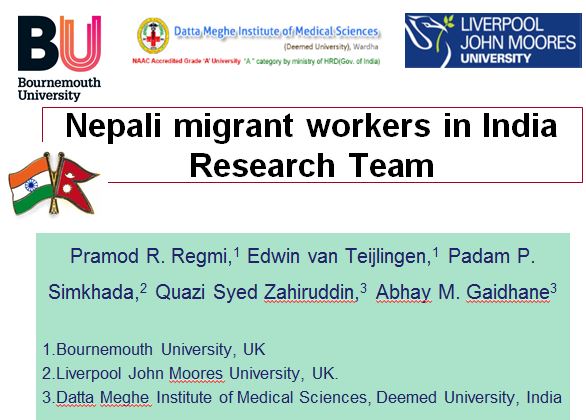


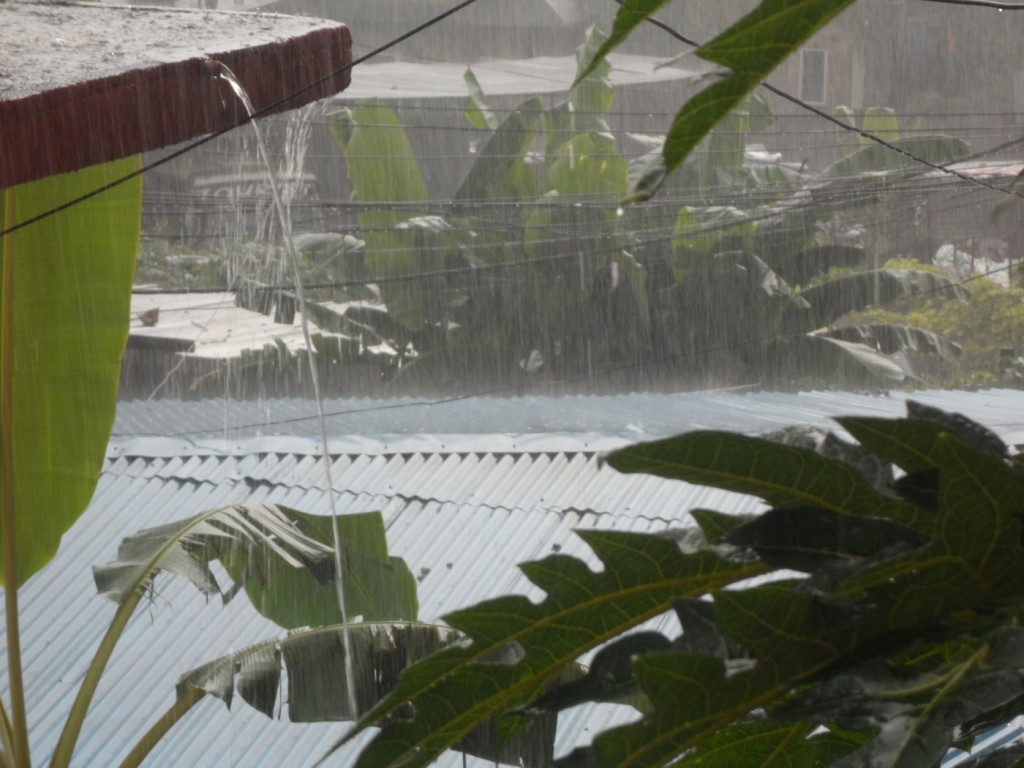
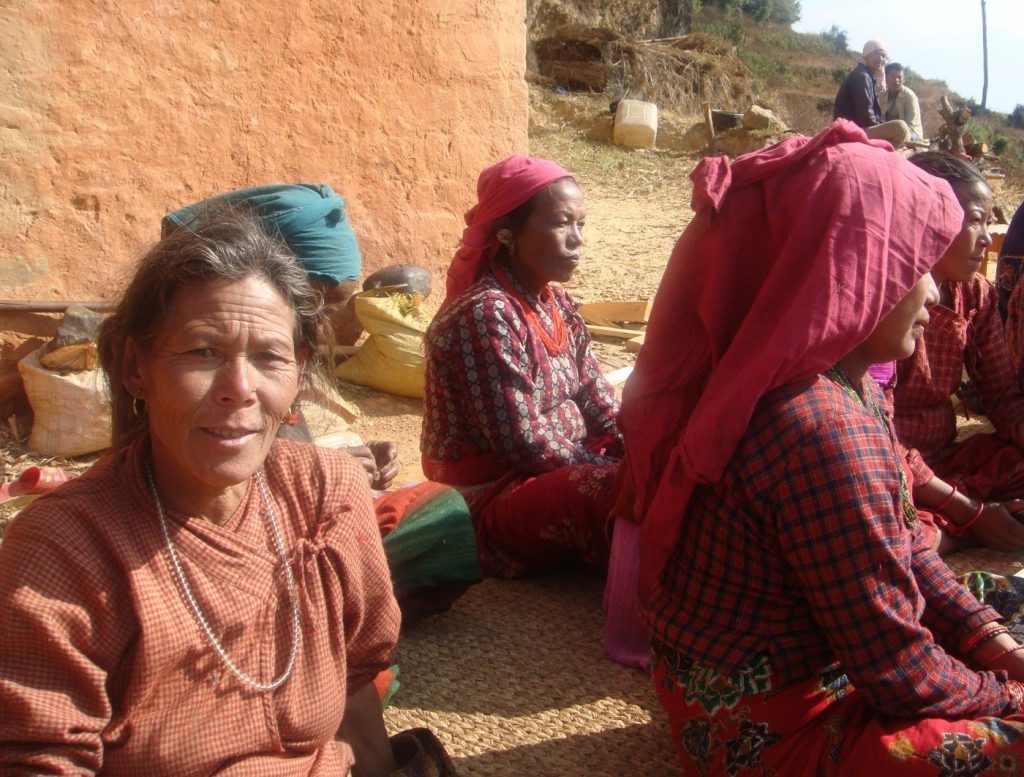

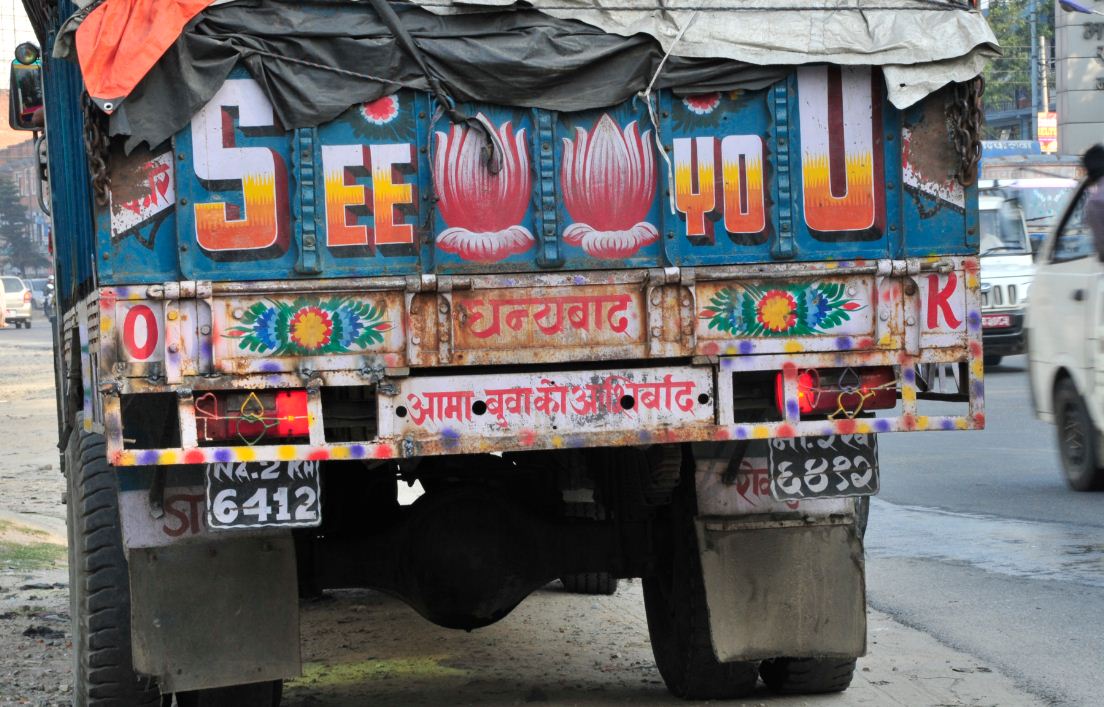

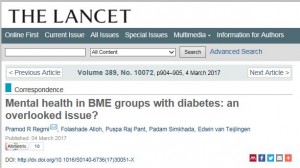
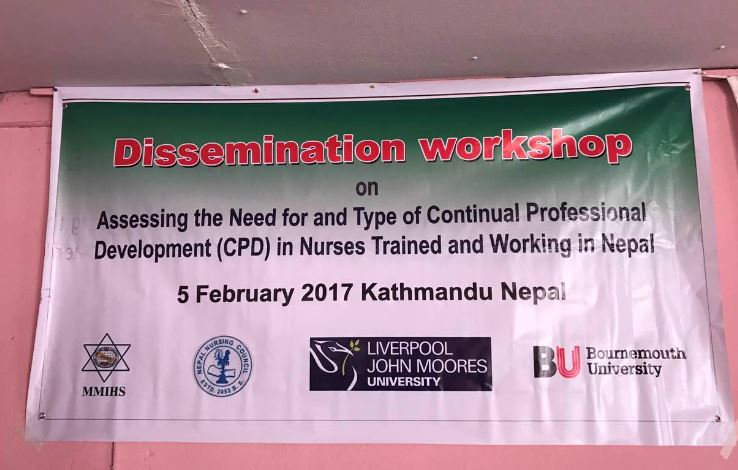

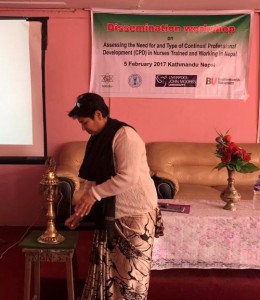
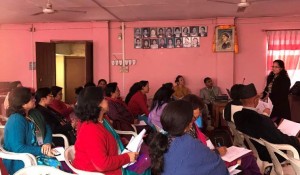


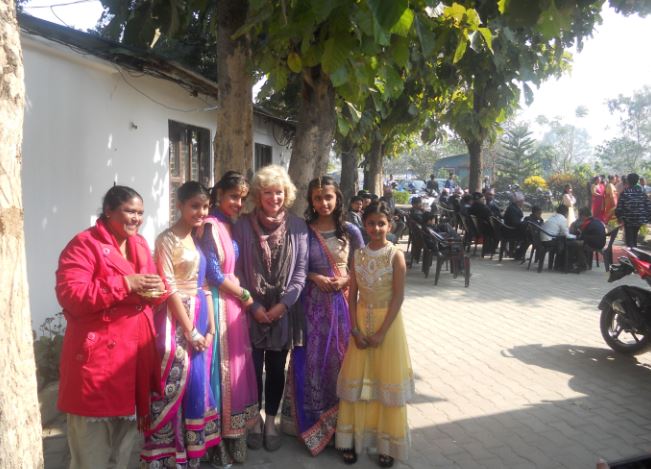
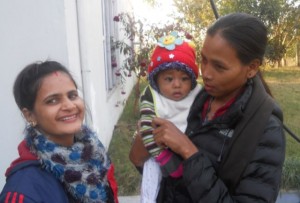
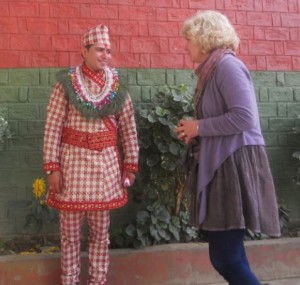
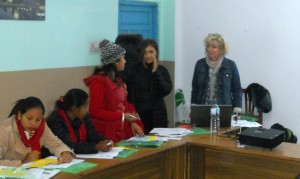
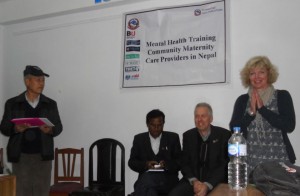
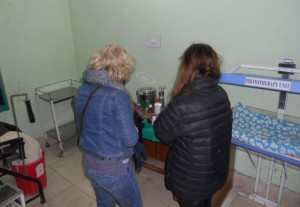
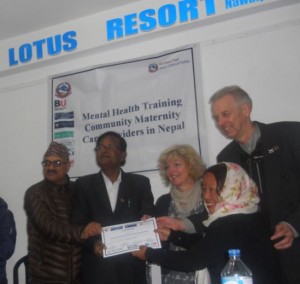
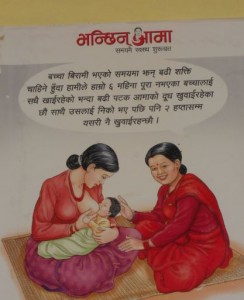
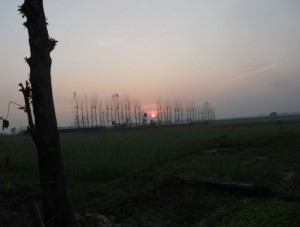
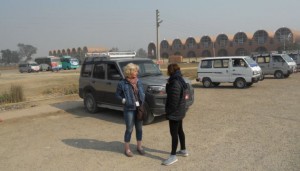
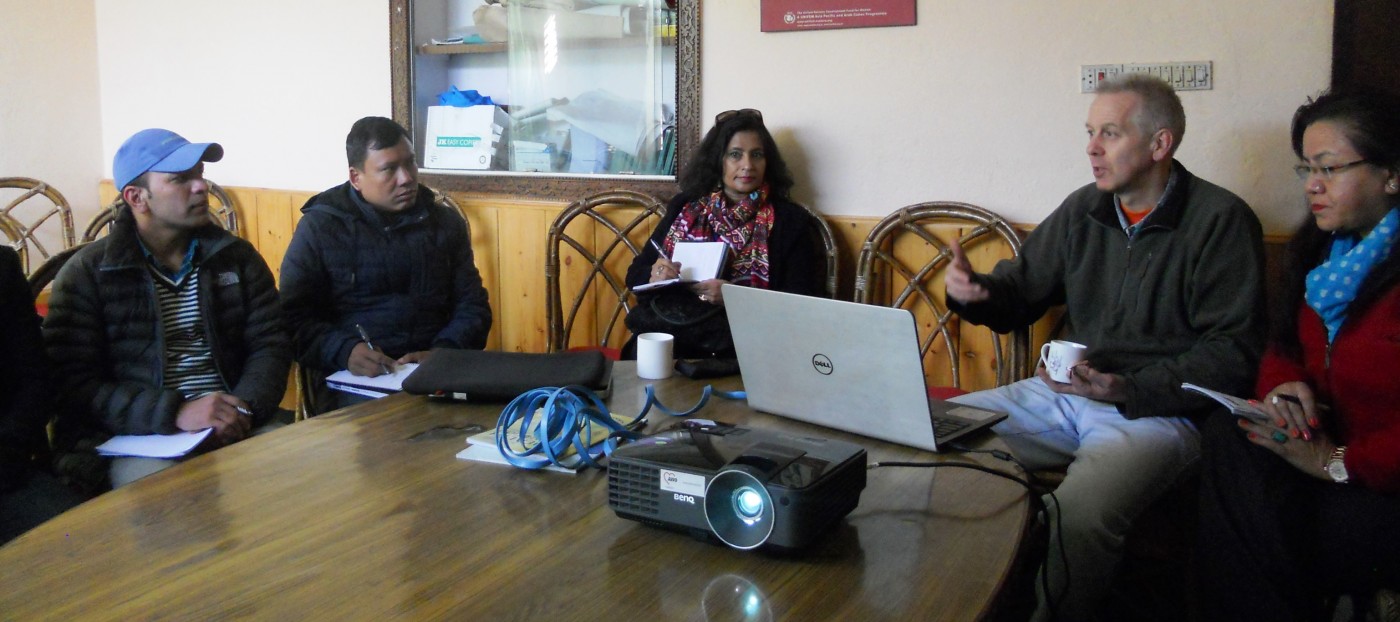


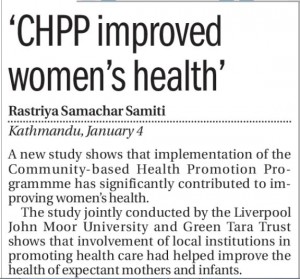
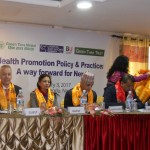
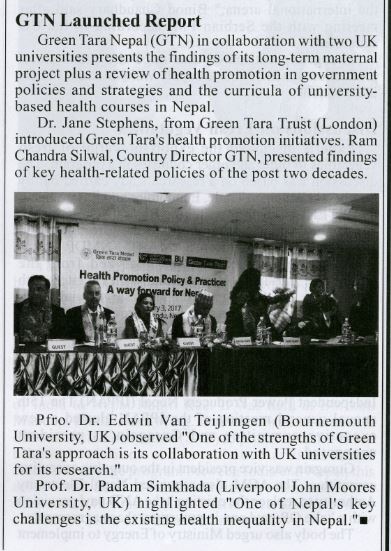
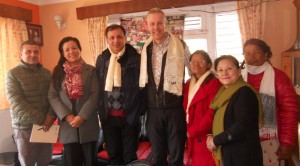
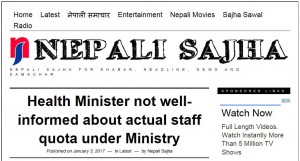
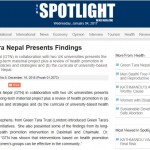

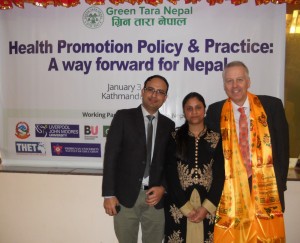
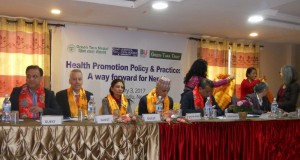











 Up2U: New BU academic publication
Up2U: New BU academic publication New BU midwifery paper
New BU midwifery paper BU academic publishes in online newspaper in Nepal
BU academic publishes in online newspaper in Nepal Final day of the ESRC Festival of Social Science
Final day of the ESRC Festival of Social Science Using Art to enhance Research
Using Art to enhance Research ECR Funding Open Call: Research Culture & Community Grant – Application Deadline Friday 12 December
ECR Funding Open Call: Research Culture & Community Grant – Application Deadline Friday 12 December MSCA Postdoctoral Fellowships 2025 Call
MSCA Postdoctoral Fellowships 2025 Call ERC Advanced Grant 2025 Webinar
ERC Advanced Grant 2025 Webinar Horizon Europe Work Programme 2025 Published
Horizon Europe Work Programme 2025 Published Horizon Europe 2025 Work Programme pre-Published
Horizon Europe 2025 Work Programme pre-Published Update on UKRO services
Update on UKRO services European research project exploring use of ‘virtual twins’ to better manage metabolic associated fatty liver disease
European research project exploring use of ‘virtual twins’ to better manage metabolic associated fatty liver disease